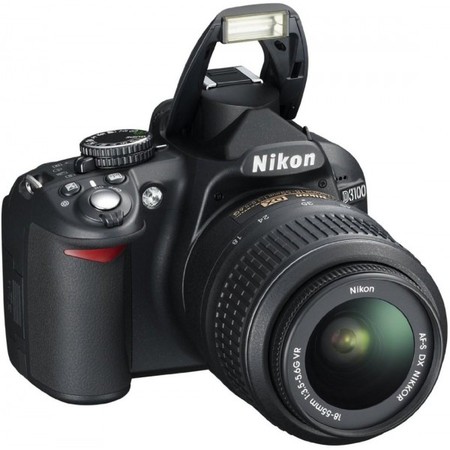A Skeptic's Toolbox
Skeptic's Toolbox
This section will highlight some of the tools used by Skeptical Investigators of paranormal claims.

Spirit Level
A spirit level is often used to check doors, windows, steps, and floors to see if they are slanted one way or another. Uneven surfaces can be the cause of people feeling unbalanced, objects (like balls) to roll further than normal...or stop sooner.

Radio Frequency Detector
Unfortunately, there have been more than one person perpetrating a hoax. Often remote controlled devices are used to cause "ghostly voices" or "knocks and bangs" inside of walls. An RF detector can help an investigator become aware of this and sometimes locate the source.

Tape Measure
A tape measure is uses to measure distances. In paranormal claims, it's often necessary to measure distances from a witness to an alleged event/object. These are also used to measure gaps in windows and doors, when drafts are likely the cause of some ghostly activity.

Notebook & Pen/Pencil
Taking copious notes is the most important part of an investigation.

360 Degree Camera
In addition to a regular DSLR, a 360 degree camera allows a wrap around view of an area or room, which gives a different perspective than a still camera.

DSLR Camera
Provides high resolution images of areas, objects, and details involved with an investigation.

Frank Plank
This was created based on a table-tipping design by Michael Faraday. The planchette here has both an upper and lower half, separated by steel balls. The balls are situated within grooves cut into both halves, and both halves are held together by a center screw. The upper half has an enlarged hole which allows it to slide on the ball bearings without falling off. After participants place their fingers on the planchette (on the upper half), if they apply any pressure, the upper half of the planchette will slide over the lower half, indicating the users are the source. If the lower half were to slide before the upper, then this would indicate something else is acting upon the planchette, and warrants further investigation.

Pendulum Tester
This device was created using a pretzel container and spring-loaded clamp. The clamp holds the chain of the pendulum in place, but allows a length of the chain to also be held by the user. The clamp prevents a user from causing unintentional, subtle movements which would cause the pendulum to swing in specific directions.

Dowsing Tester
This is the Secure & Steady Dowsing Rod tester, developed by Mitch Silverstein. The acrylic blocks securely lock the sleeves that typically come with dowsing rods. This allows the rods to still move freely while preventing the user from manipulating the rods. A bubble level indicates whenever the rig is rotated.
